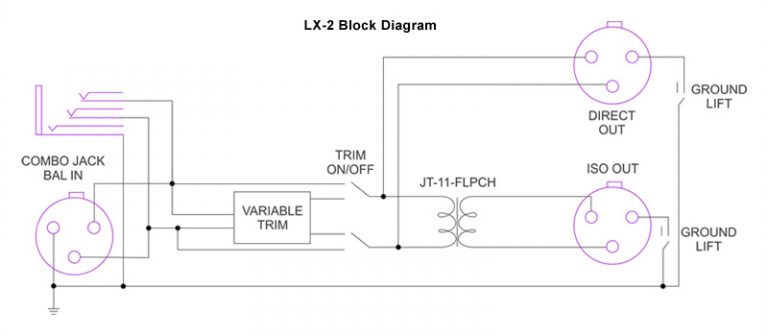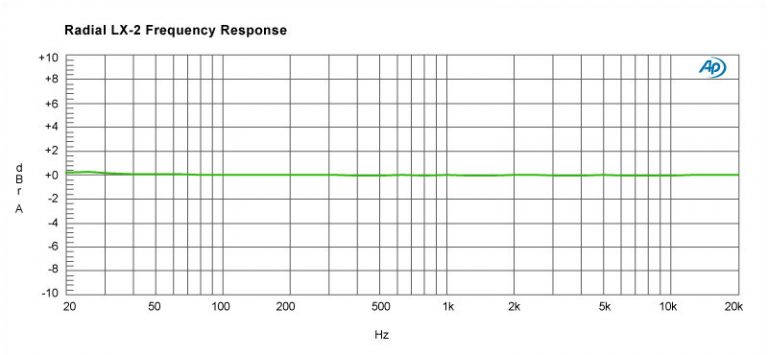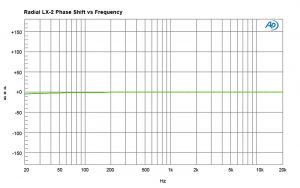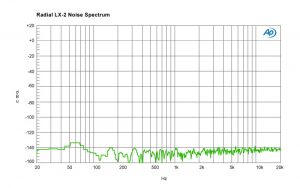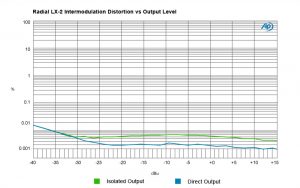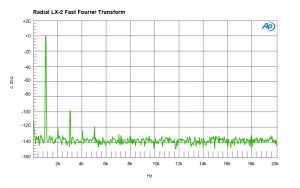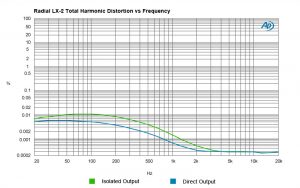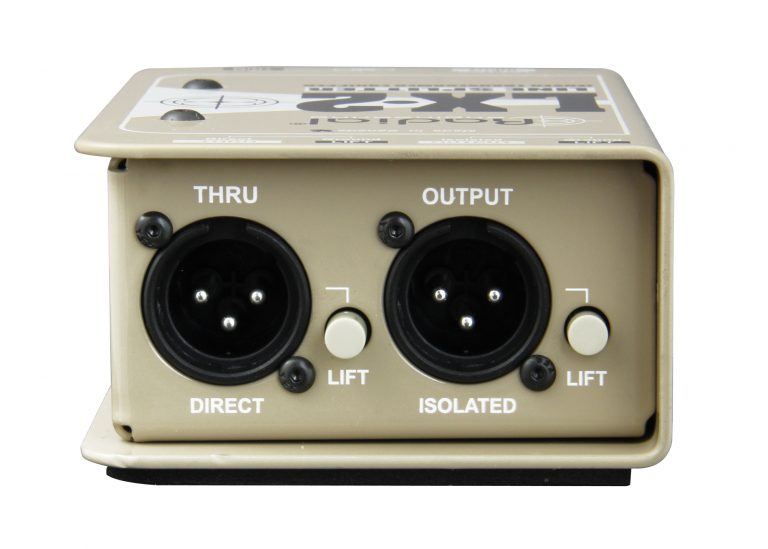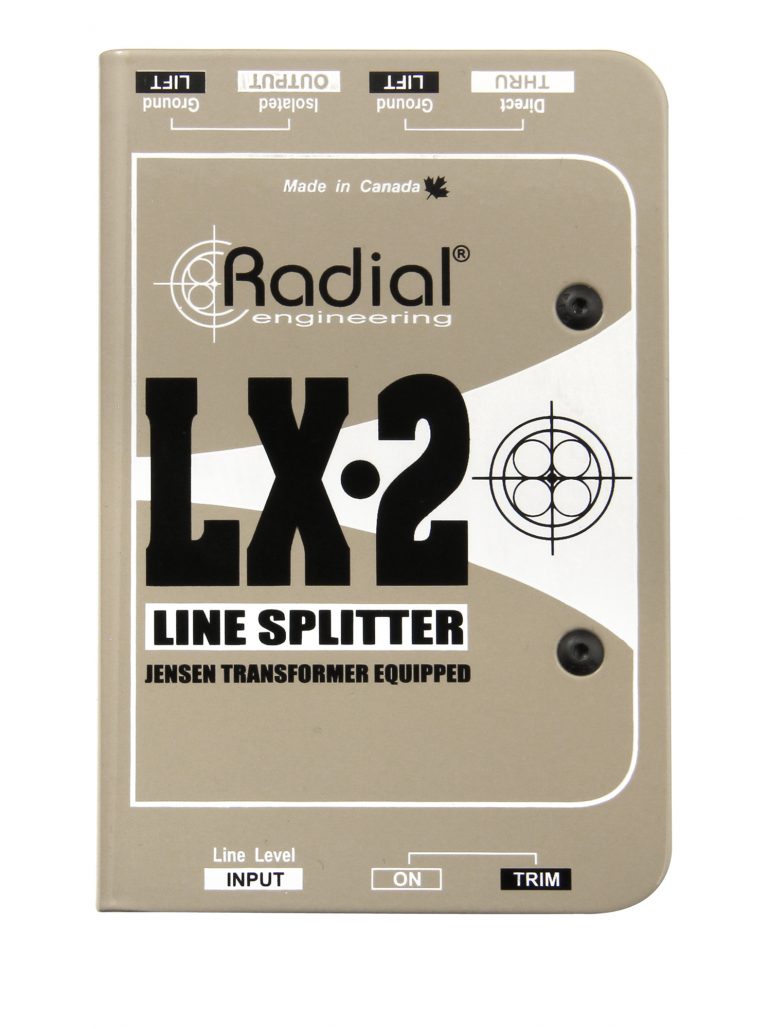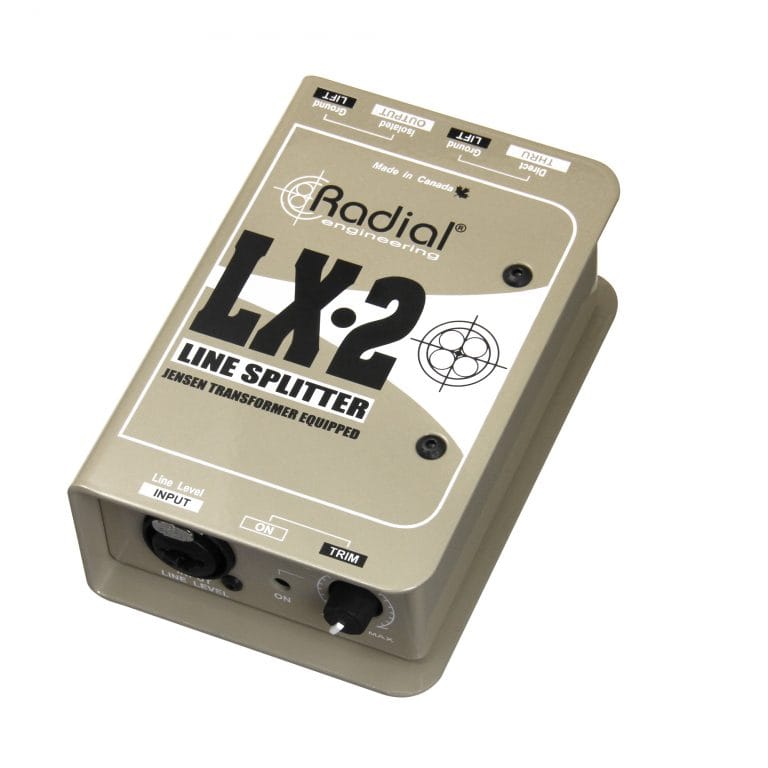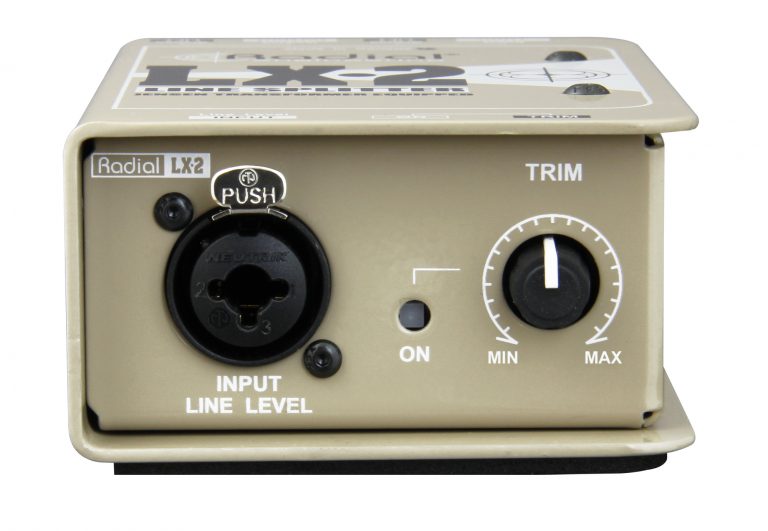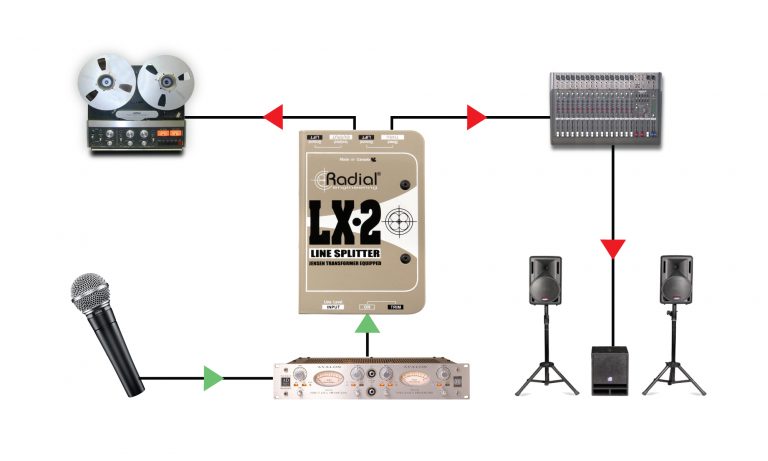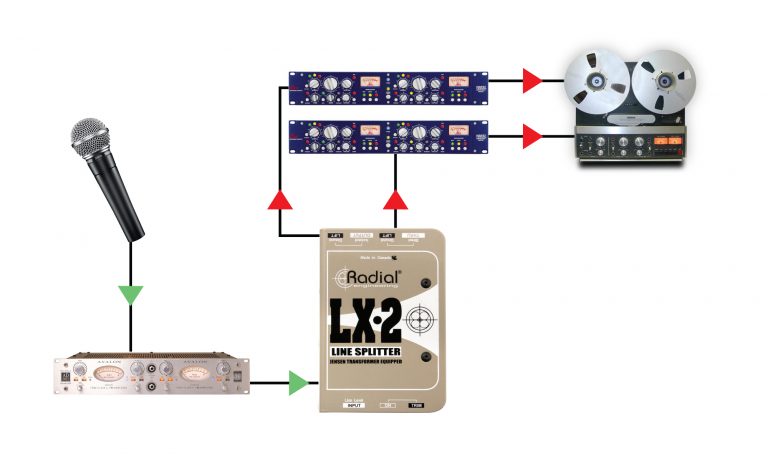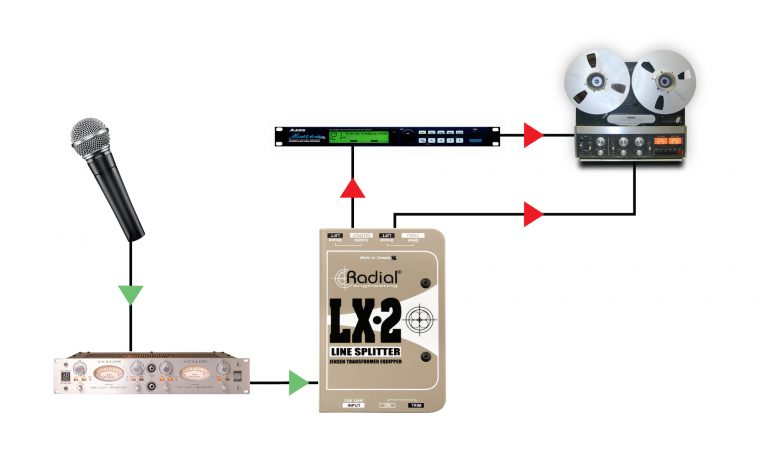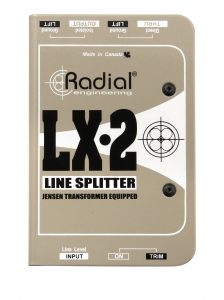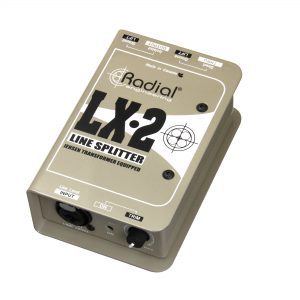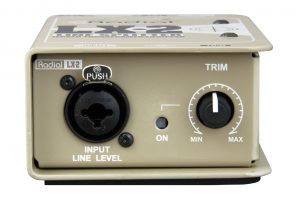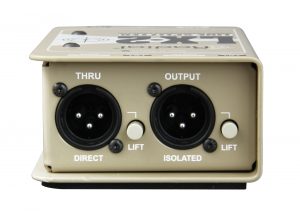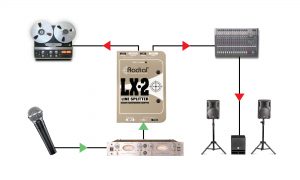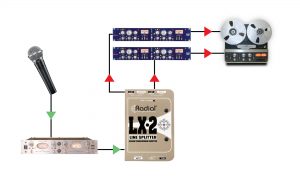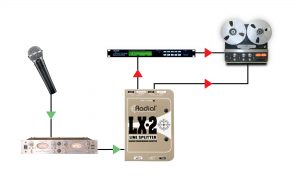LX-2 Specifications
The LX-2 provides two very useful features in one compact device; transformer-based audio splitting and fully variable signal attenuation. An industry-leading Jensen JT-11-FLPCH transformer passively splits the input signal to one isolated and one direct XLR output, blocking DC voltage and helping to prevent buzz and hum from ground loops. Ground lift switches on each output allow for further noise abatement from ground loops. When signal attenuation is necessary, for example when recording the output of a hot mic preamp, a variable trim control can be accessed via a set & forget switch, providing easy adjustment of the overall audio level. The combo input on the LX-2 can be accessed via XLR or ¼” connectors; unbalanced inputs will automatically be balanced at the isolated XLR output. The LX-2 is housed in a 14-gauge solid steel enclosure, with I-beam construction and heavy duty connectors and components, for years of worry-free use on stage and in the studio.
| Specifications | ||
|---|---|---|
| Audio circuit type: | Passive, transformer based | |
| Transformer: | Jensen JT-11-FLPCH | |
| Number of channels: | 1 input, 1 iso output, 1 direct output | |
| Frequency response: | 20Hz - 20kHz +/-0.5dB | |
| Dynamic range: | 140dB | |
| Gain: | -1.5dBu | |
| Total harmonic distortion: | <0.001% @ 1kHz | |
| Phase Deviation: | +0.3° @ 20Hz | |
| Input Impedance: | 716Ω | |
| Output Impedance: | 116Ω | |
| Common Mode Rejection Ratio: | 94dB @ 60Hz, 83dB @3kHz | |
| Noise Floor: | -119dBu | |
| Maximum Input: | +21dBu | |
| Features | ||
| Ground lift, Level Control | ||
| Input Connectors: | Combo XLR / 1/4" | |
| Output Connectors: | isolated XLR, direct XLR | |
| General | ||
| Construction: | 14-gauge steel | |
| Size (L x W x D): | 84mm x 127mm x 48mm (3.3" x 5" x 2") | |
| Weight: | 0.7kg (1.5lbs) | |
| Shipping size (L x W x D): | 102mm x 76mm x 165mm (4" x 3" x 6.5") | |
| Shipping weight: | 0.87 kg (1.92 lbs) | |
| Power: | Passive, no power required | |
| Conditions: | For use in dry locations only between 5°C and 40°C | |
| Warranty: | Radial 3-year, transferable | |



